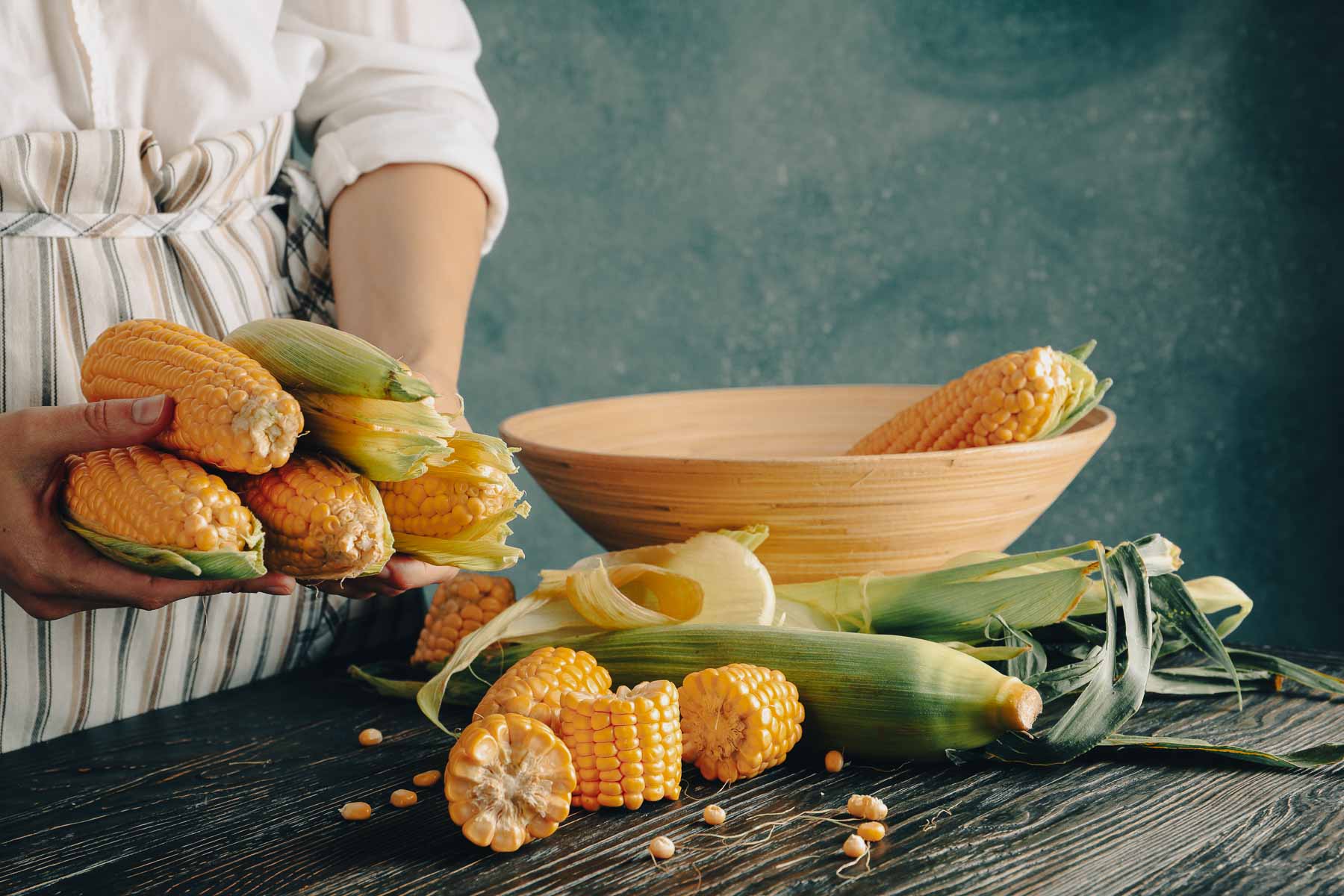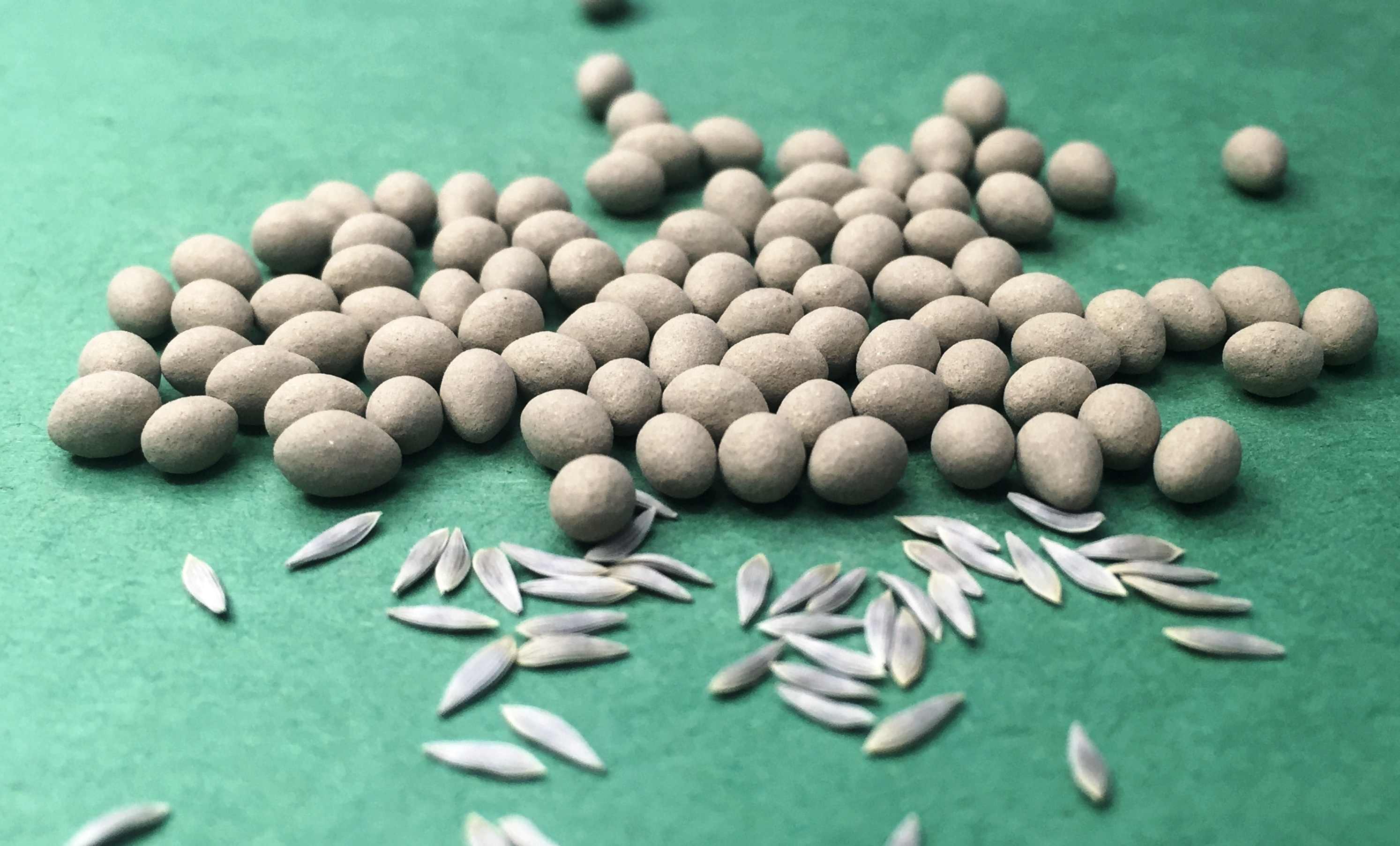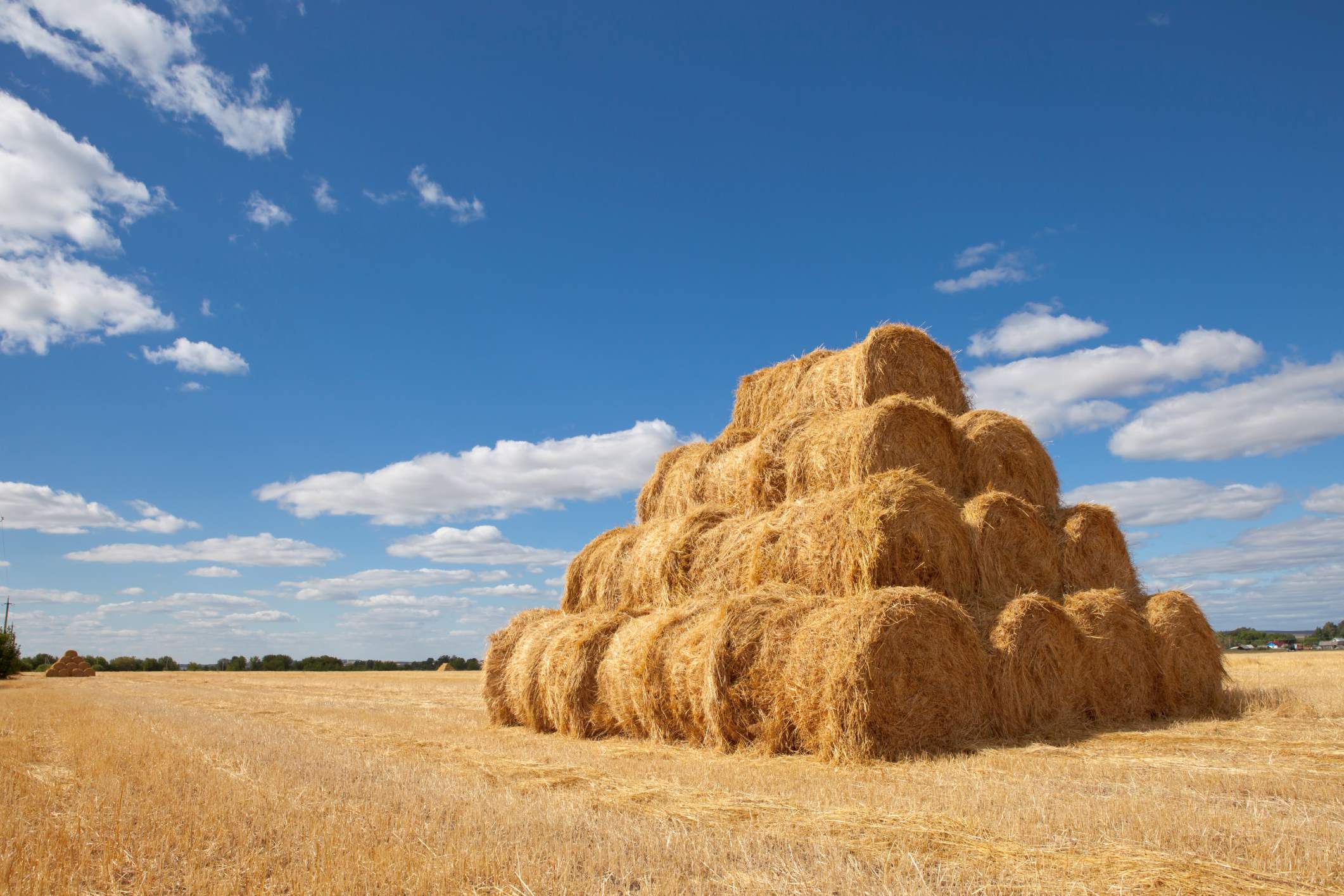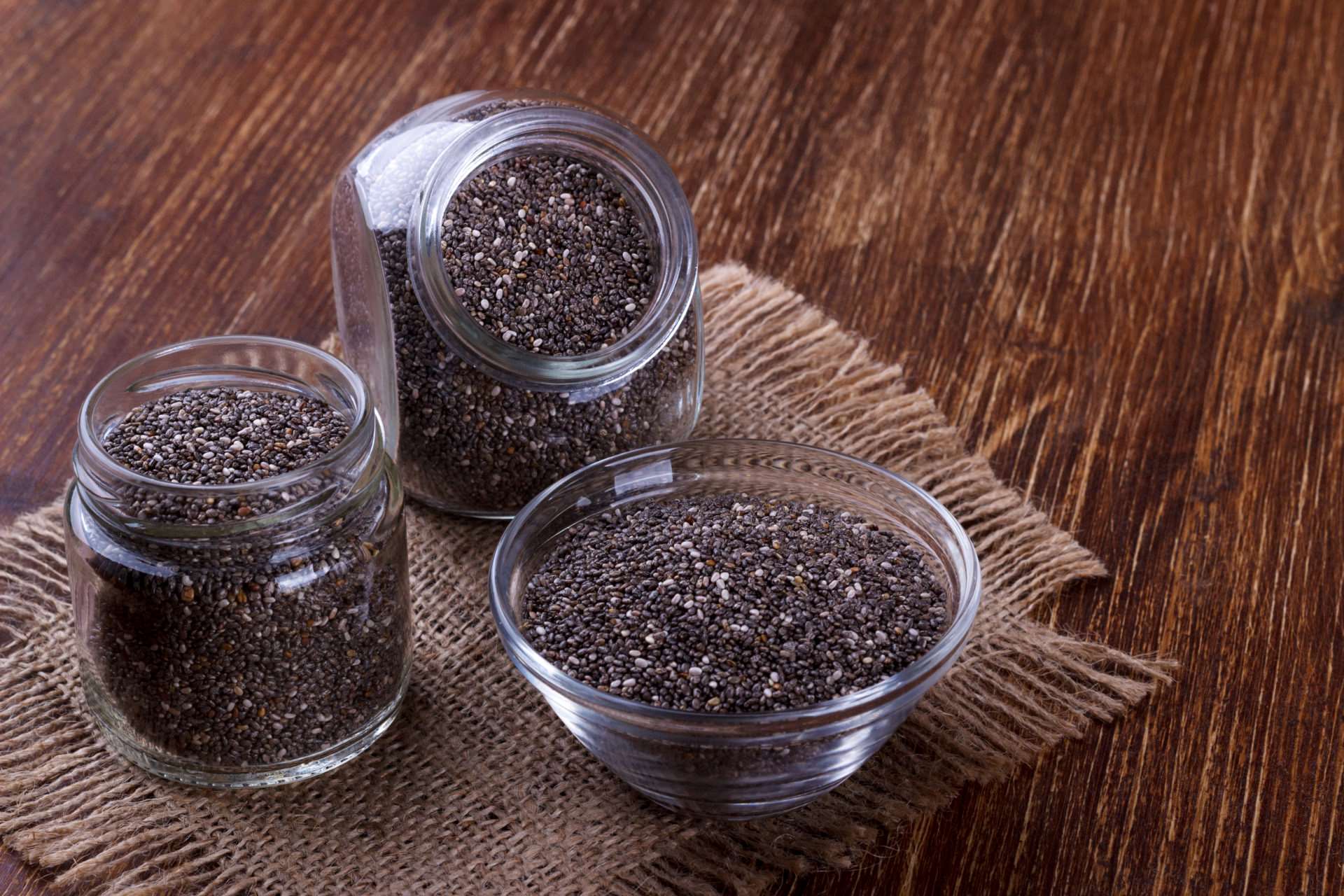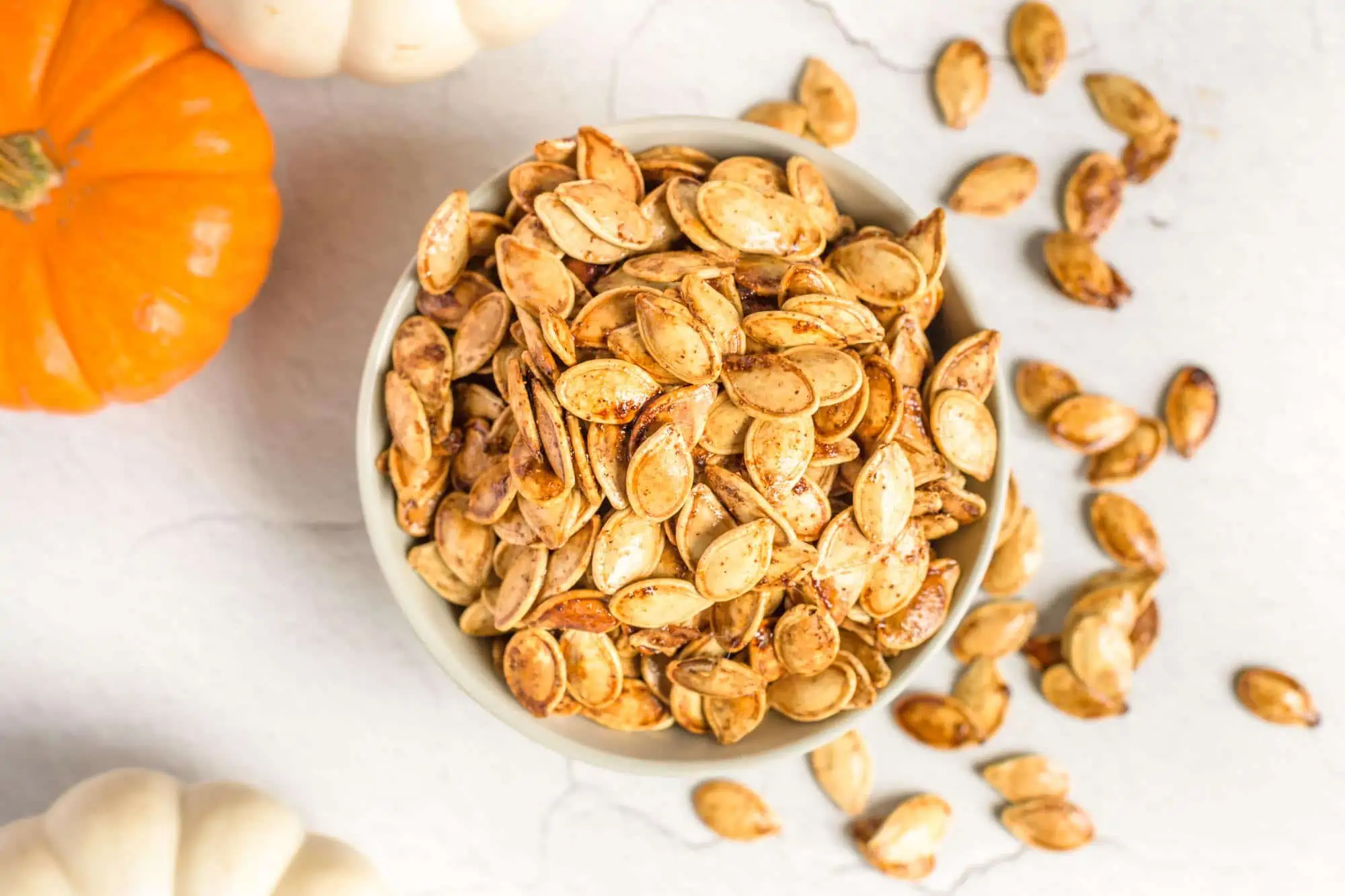Home>Types of Gardening>Edible Gardening>How Do You Plant Cherry Seeds


Edible Gardening
How Do You Plant Cherry Seeds
Modified: February 9, 2024
Learn how to plant cherry seeds and enjoy the benefits of edible gardening. Discover the best techniques for growing your own cherry trees from seed.
(Many of the links in this article redirect to a specific reviewed product. Your purchase of these products through affiliate links helps to generate commission for Chicagolandgardening.com, at no extra cost. Learn more)
Table of Contents
Introduction
Welcome to the world of edible gardening! If you have a green thumb and a passion for delicious and nutritious fruits, then you’re in the right place. One plant that holds a special place in the hearts (and taste buds) of many gardeners is the cherry tree.
Cherries are not only a delectable snack, but they are also packed with vitamins, minerals, and antioxidants that promote good health. Whether you have a large backyard or a small balcony, you can enjoy the satisfaction of growing your own cherry tree from seeds.
In this article, we will guide you through the process of planting cherry seeds and nurturing them into healthy and fruitful trees. We’ll cover everything from selecting the right seeds to caring for your cherry seedlings. So, grab your gardening gloves and prepare to embark on this exciting and rewarding edible gardening journey.
Before we dive into the details, it’s important to note that growing cherry trees from seeds requires patience. Unlike other plants that can quickly sprout from seeds, cherry trees have a more complex germination process. However, with the right knowledge and techniques, you can successfully grow your own cherry tree and enjoy the fruits of your labor.
So, let’s get started on this wonderful journey of planting and growing cherry seeds. Get ready to experience the joy of nurturing a tiny seed into a magnificent tree that will provide you with an abundance of juicy cherries.
Selecting and Preparing Cherry Seeds
The first step in growing cherry trees from seeds is to select the right seeds. You can either collect seeds from fresh cherries or purchase them from a reliable source. When choosing cherries from which to collect seeds, opt for organic varieties to ensure they are free from chemical residues.
Once you have obtained your cherry seeds, it’s important to prepare them for successful germination. Begin by cleaning the seeds to remove any fruit residue or pulp. Gently wash them under running water and pat them dry with a paper towel.
Before planting, it is highly recommended to stratify the cherry seeds. Stratification involves exposing the seeds to a period of cold, moist conditions, simulating the winter season. This process helps to break the seed’s dormancy and improve germination rates.
To stratify your cherry seeds, you can place them in a slightly damp paper towel or in a plastic bag filled with moist vermiculite or sand. Seal the towel or bag and store it in the refrigerator for about 10 to 12 weeks. This emulates the natural process of cherry seeds going through the winter months.
During the stratification period, it’s important to periodically check the moisture level of the towel or vermiculite/sand. Ensure it remains slightly damp to prevent the seeds from drying out. Avoid over-saturating the medium to prevent rotting of the seeds.
After the stratification period, it’s time to move on to the next step: germination. Properly stratified cherry seeds have a higher chance of germinating successfully and producing healthy seedlings. So, let’s explore the process of germinating cherry seeds in the next section.
Stratification of Cherry Seeds
Stratification is an essential process for improving the germination rate of cherry seeds. By exposing the seeds to a period of cold, moist conditions, you are mimicking the winter season and breaking the seed’s dormancy. This step is crucial for the successful growth of your cherry seedlings.
To stratify cherry seeds, you have two main options: the damp paper towel method or the vermiculite/sand method.
In the damp paper towel method, place the cleaned and dried cherry seeds between two layers of a slightly damp paper towel. Fold the towel to cover the seeds and place it in a sealable plastic bag. Ensure the bag is partially open to allow for air circulation. Label the bag with the date and seed variety, and then place it in the refrigerator.
Alternatively, you can use the vermiculite/sand method. Fill a plastic bag with moist vermiculite or sand, leaving enough space for the seeds. Insert the cleaned and dried cherry seeds into the medium, ensuring they are spread out and not touching each other. Seal the bag and label it with the date and seed variety before placing it in the refrigerator.
Regardless of the method you choose, store the stratification container in the refrigerator, as the temperature should be consistently between 32-41°F (0-5°C). Check the medium regularly to make sure it remains slightly damp but not overly wet.
The stratification process typically takes 10 to 12 weeks, simulating the duration of winter dormancy. This cold period activates biochemical processes in the seed, which prepares it for germination when conditions become favorable.
Once the stratification period is complete, you can move on to the next step of germinating the cherry seeds. By providing the proper conditions, you’ll soon witness the magic of new life sprouting from these dormant seeds.
Germinating Cherry Seeds
After the stratification period, it’s time to move on to the exciting stage of germinating your cherry seeds. With the right care and conditions, you’ll soon see tiny sprouts emerging from the dormant seeds.
To germinate cherry seeds, you have two main options: the paper towel method or the potting soil method.
In the paper towel method, moisten a paper towel and wring out any excess water. Place the stratified cherry seeds on one half of the paper towel, leaving enough space between them. Fold the towel over to cover the seeds and gently press it to ensure good contact with the seeds. Place the towel in a plastic bag and seal it to create a humid environment.
Alternatively, you can choose the potting soil method. Fill a seed tray or small pots with a well-draining seed starting mix. Make small indentations in the soil about 1/2 inch deep and place the cherry seeds inside. Cover them with a thin layer of soil and lightly press down. Mist the soil with water to keep it slightly moist, but avoid overwatering.
Regardless of the method you choose, place the germination setup in a warm location where the temperature remains around 70°F (21°C). Ensure the seeds receive indirect sunlight, as direct sunlight can be too intense and may hinder germination.
Check the paper towel or soil regularly to ensure it remains damp, but avoid waterlogging, as excess moisture can lead to fungal growth or rotting of the seeds. Mist the towel or soil with water as needed to maintain the proper moisture level.
During this period, be patient, as cherry seeds can take anywhere from a few weeks to a couple of months to germinate. Once the seeds have sprouted and you see tiny green shoots emerging, congratulations! You have successfully germinated your cherry seeds and are well on your way to growing your own cherry tree.
Now that your cherry seeds have germinated, it’s time to learn about the next crucial step: transplanting the seedlings into their permanent spots. We’ll explore this in the following section.
Transplanting Cherry Seedlings
Once your cherry seedlings have sprouted and developed their first set of true leaves, it’s time to transplant them into their permanent growing spots. This stage is crucial for ensuring the proper growth and development of your cherry tree.
Before transplanting, prepare a suitable location for your cherry tree. Choose a sunny spot with well-draining soil that is rich in organic matter. Cherry trees thrive in soil with a pH level between 6.0 and 7.0.
Begin by gently removing the seedlings from the germination setup. If you followed the paper towel method, carefully transfer the sprouted seeds along with the paper towel to minimize root disturbance. If you used the potting soil method, gently loosen the soil around the seedlings and lift them out using a spoon or small trowel.
Prepare the planting hole in the chosen location that is large enough to accommodate the seedling’s root system. It should be slightly wider and deeper than the seedling’s root ball.
Gently place the seedling in the planting hole, making sure the root system is spread out and not crowded. Cover the roots with soil and lightly press down to firm it around the base of the plant. Ensure that the soil level around the seedling is at the same height as it was in its original container.
Water the newly transplanted seedling thoroughly to settle the soil and eliminate any air pockets. Maintain a consistent level of moisture in the soil during this critical period to promote root establishment. However, be cautious not to overwater, as this can lead to root rot.
Consider providing support for the young tree if needed. This can be in the form of a stake or a small trellis to prevent wind damage and ensure straight growth. Tie the tree gently to the stake, making sure not to constrict its growth.
Monitor the transplanted seedling for the first few weeks, looking out for any signs of stress or disease. Provide regular watering and ensure it receives adequate sunlight for healthy growth. Avoid applying excessive fertilizers during the initial transplanting phase, as this can shock the young tree.
Now that you have successfully transplanted your cherry seedlings, it’s time to shift your focus to proper care and maintenance. We will explore the essential aspects of caring for your cherry tree in the next section.
Caring for Cherry Seedlings
Proper care is essential to ensure the healthy growth and development of your cherry seedlings into fruitful trees. By providing the right conditions and attention, you’ll be rewarded with a bountiful harvest of delicious cherries.
Watering is a crucial aspect of caring for cherry seedlings. Keep the soil consistently moist but not waterlogged. Check the moisture level regularly and adjust the watering frequency accordingly, taking into account the weather conditions and the moisture retention capacity of the soil. Avoid allowing the soil to completely dry out between waterings.
Fertilizing your cherry seedlings is important for providing them with essential nutrients. Apply a balanced fertilizer, such as a 10-10-10 or 14-14-14 formula, during the growing season. Follow the instructions on the fertilizer package for the appropriate dosage and frequency. Be careful not to over-fertilize, as this can lead to excessive foliage growth at the expense of fruit production.
Mulching around the base of your cherry seedlings can help retain moisture, suppress weed growth, and regulate soil temperature. Apply a layer of organic mulch, such as wood chips or straw, around the trees, keeping a gap around the trunk to prevent moisture-related issues. Replenish the mulch as necessary to maintain a depth of 2 to 4 inches.
Pruning is an essential practice to promote the proper structure, airflow, and fruit production of your cherry tree. Begin pruning your cherry seedlings in their second or third year, once they have established a strong root system. Remove any dead or damaged branches, as well as any suckers that emerge from the base of the tree.
Protecting your cherry seedlings from pests and diseases is crucial for their health. Regularly inspect the leaves and branches for any signs of infestation or disease. Common pests that affect cherry trees include aphids, cherry fruit flies, and tent caterpillars. Treat infestations with organic or chemical pest control methods suitable for edible plants.
Another important aspect of caring for cherry seedlings is providing adequate support as they grow. Consider using cages or trellises to provide support and prevent branches from breaking due to the weight of the fruit. Regularly check the supports and adjust as necessary as the tree grows.
Lastly, be patient and allow your cherry tree to mature. It can take several years for the tree to bear its first harvest of cherries. In the meantime, continue to provide proper care and maintenance, and enjoy watching your cherry tree grow and thrive.
With proper care, your cherry seedlings will transform into beautiful, fruitful trees that will provide you with an abundance of sweet and juicy cherries for years to come.
Conclusion
Congratulations on successfully learning how to plant and grow cherry trees from seeds! Through careful selection, preparation, stratification, germination, and transplanting, you have embarked on an exciting journey of cultivating your very own cherry tree.
By following the proper techniques and providing the necessary care, you can watch your cherry seedlings develop into thriving trees, eventually bearing the sweet and juicy fruits that cherry trees are known for.
Remember, patience is key when growing cherry trees from seeds. It may take several years before you can enjoy your first harvest, but the wait will be well worth it. In the meantime, continue to provide adequate watering, fertilizing, pruning, and protection from pests and diseases for the optimal growth of your cherry tree.
Enjoy the process of tending to your cherry tree, from the early stages of sprouting to the magnificent sight of blossoms in the spring and the eventual satisfaction of picking fresh cherries from your very own backyard.
Edible gardening is a rewarding experience that allows you to connect with nature and enjoy the fruits of your labor. Cherish each step along the way and take pride in the journey you have embarked upon.
So go ahead, plant those cherry seeds, nurture them with care, and enjoy the sweet rewards of growing your own cherry tree. Happy gardening!
